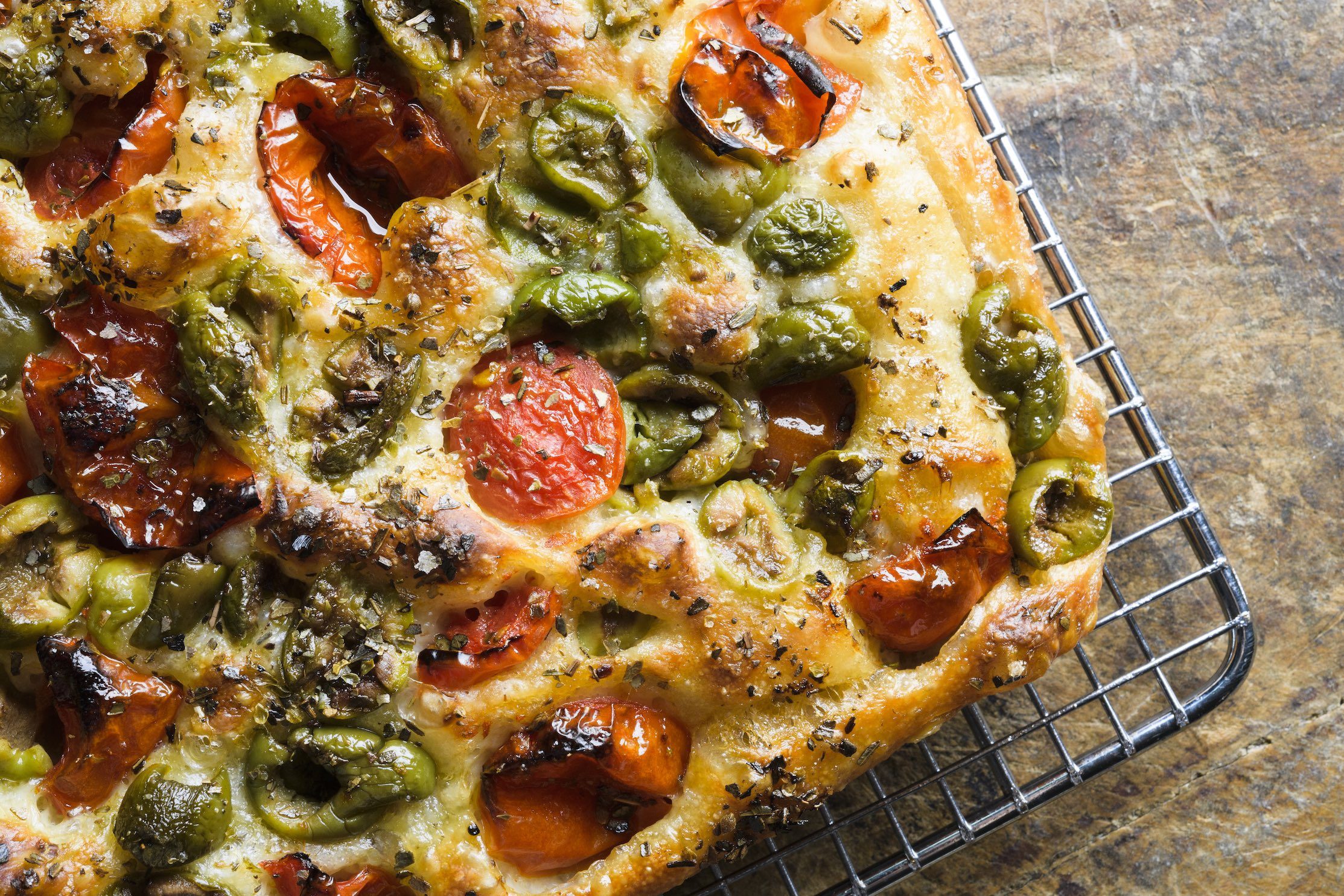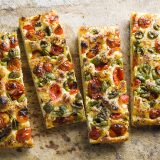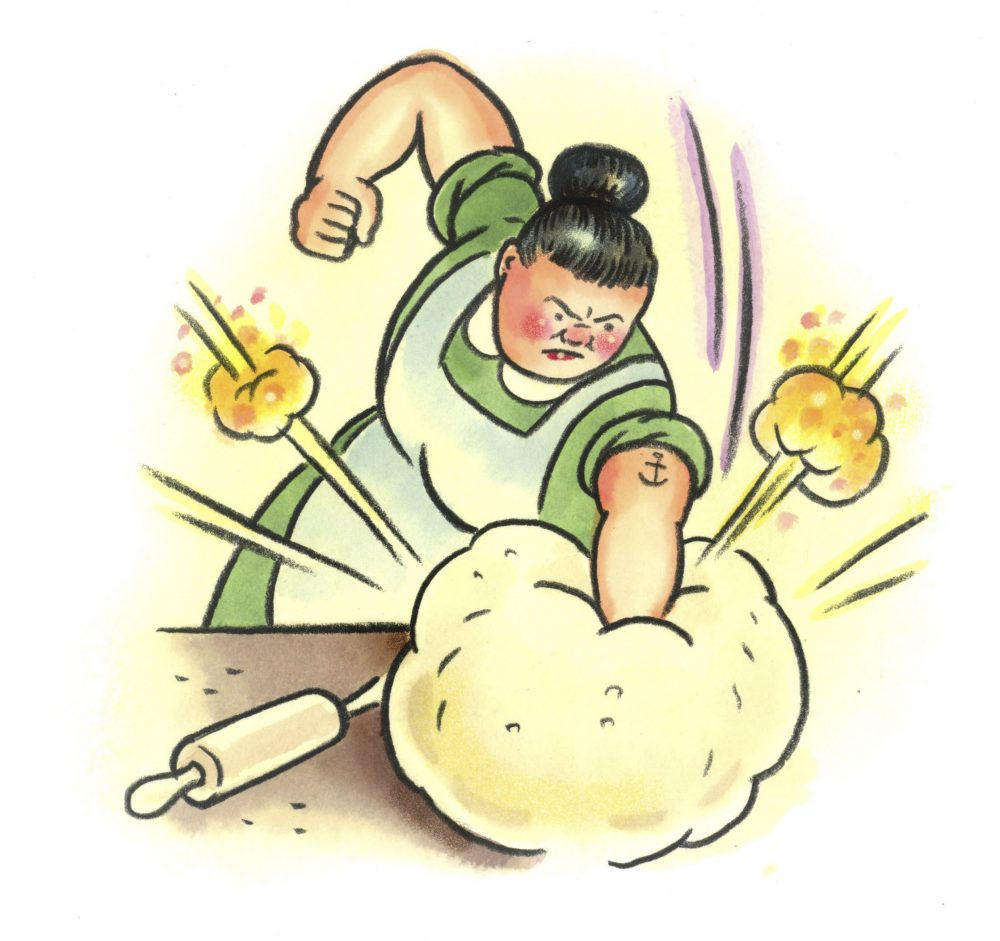Milk Street Radio listener Martha D., of San Jose, California, noticed that bread recipes a few decades old (or older) generally call for kneading, while contemporary recipes often call for dough to be folded. She wonders what caused the change.
Let’s start by defining our terms. Kneading dough involves working it with a repeated push-pull motion. Folding is a more gentle technique; the dough is stretched, then folded over on itself. Generally, the moisture content of the dough determines which method is best. The wetter the dough, the more difficult it is to knead, so folding often is better for doughs such as focaccia, ciabatta and high-hydration sourdoughs.

The final texture of the bread is also a consideration: Folding allows for a looser crumb and larger air pockets. Kneading, meanwhile, deflates air pockets, creating a tighter, denser crumb more suitable for loaves of sliceable sandwich bread.
Martha likely has seen more recipes calling for folded dough because, in recent years, high-hydration artisanal breads have become increasingly en vogue among home bakers. To compare the two techniques directly, we made both a kneaded and a folded version of whole-wheat levain bread.
Made with a sourdough-like natural starter, this bread features a dough firm enough to knead, but with enough hydration that it also can be folded. After baking and cooling, the folded dough did indeed have more of a ciabatta- like interior with larger air pockets and a chewier, looser crumb than the kneaded loaf.
Join the conversation on Facebook, Twitter, Instagram and Pinterest.





